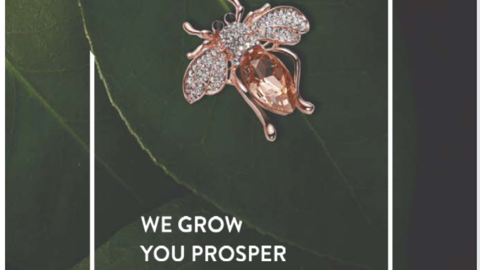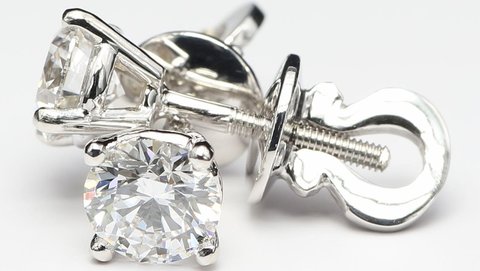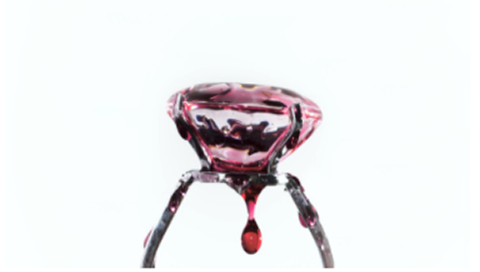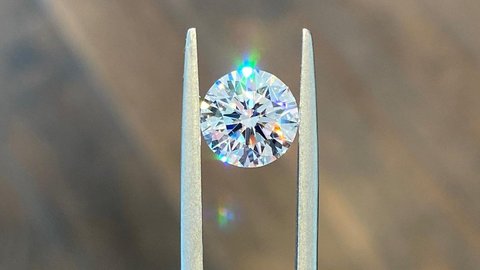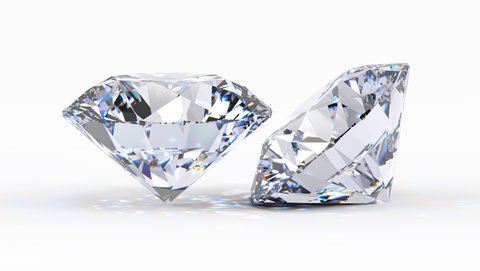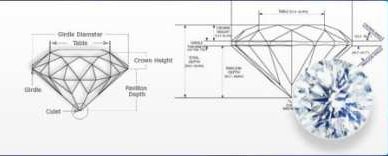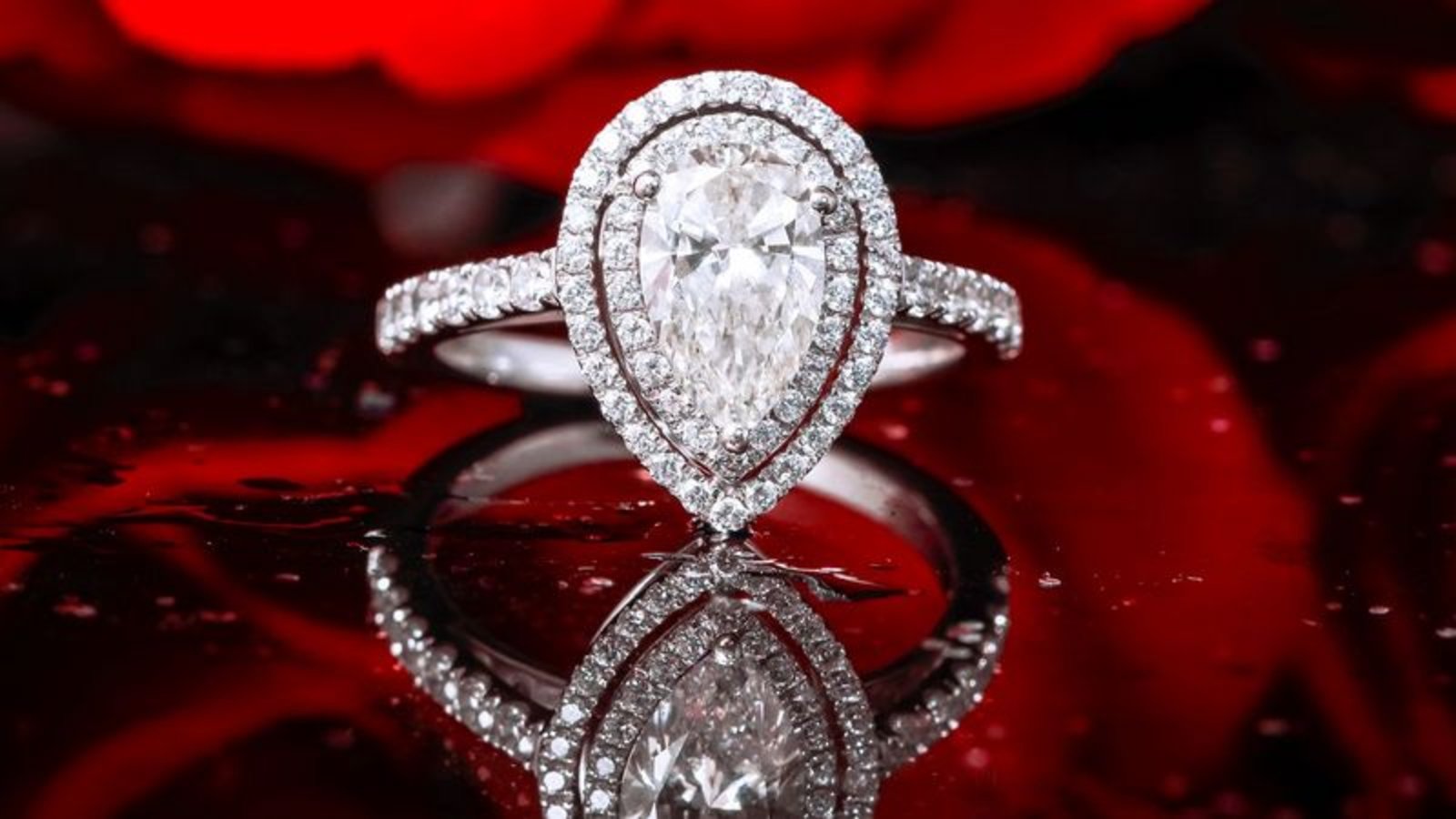Is Lab-grown Diamond a Real Diamond?
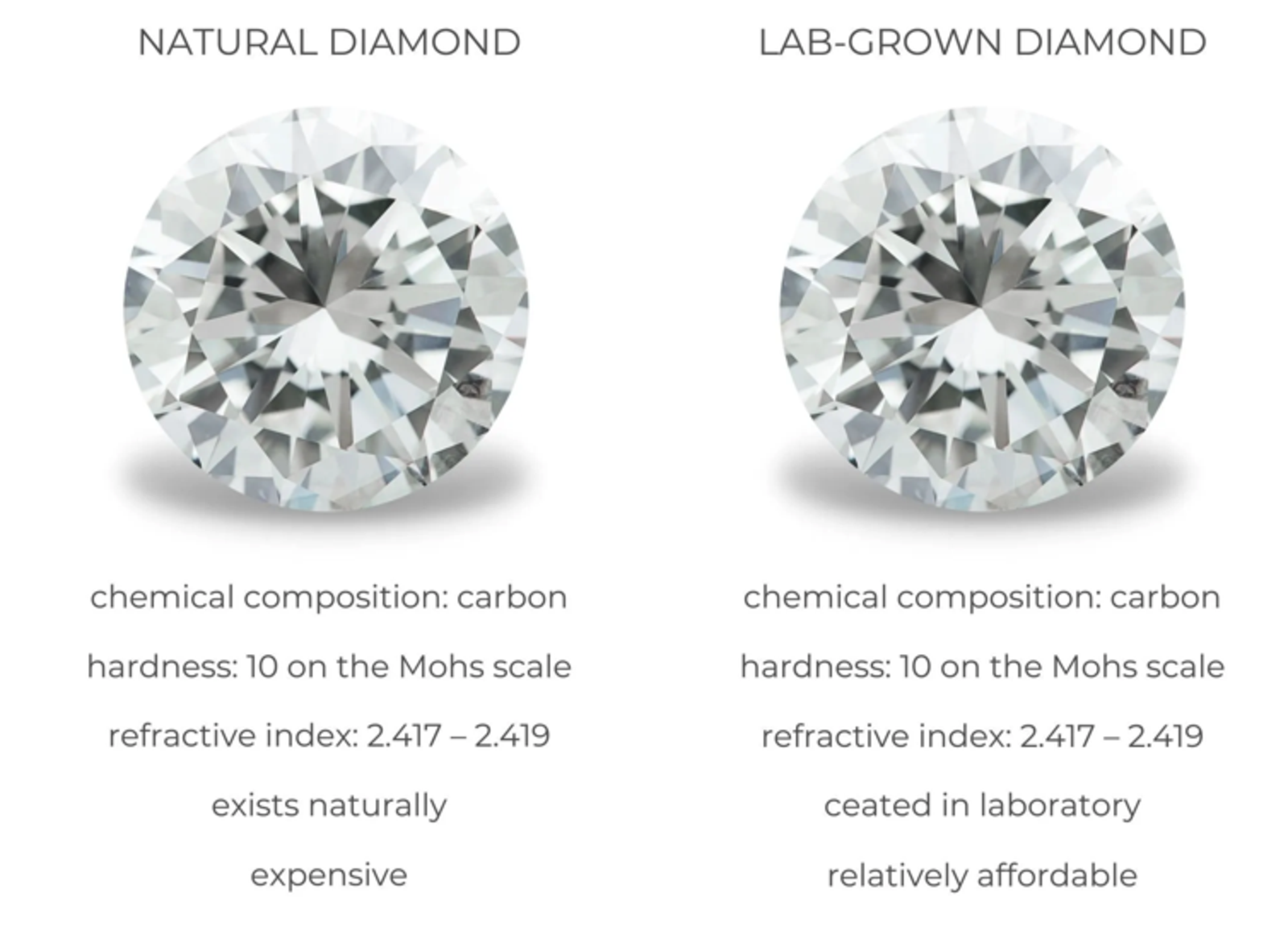
Lab Grown Diamonds: A Viable Alternative to Natural Diamonds
What is a Lab Grown Diamond?
A lab grown diamond, also referred to as man-made, lab-created, cultured, or manufactured diamond, is a diamond that has been produced in a controlled laboratory environment. Using advanced methods like Chemical Vapor Deposition (CVD) or High Pressure High Temperature (HPHT), scientists can now create diamonds that are optically identical to earth-mined diamonds, contain the same chemical and physical attributes, and even get certified by reputable organizations, such as the Gemological Institute of America (GIA) and International Gemological Institute (IGI).
Are Lab Diamonds Real?
Absolutely. Lab Grown Diamonds are just as real as diamonds that are mined from the earth. Both Natural and Lab Grown Diamonds have identical physical and chemical properties and come with diamond certificates. Since 2007, GIA has been grading laboratory-grown diamonds, and their grading report includes the standard color, clarity, and cut grades. Visually, there's no difference between the two types of diamonds. Both have the same hardness level and durability. The Federal Trade Commission recognized Lab Grown Diamonds as real in 2018.
The Idea of a Natural Diamond
The notion of a Natural Diamond has been around for centuries, and there is a romantic appeal and a sense of dependability in choosing such a diamond. However, when shopping for a diamond engagement ring, you should consider Lab Grown Diamonds as a viable alternative.
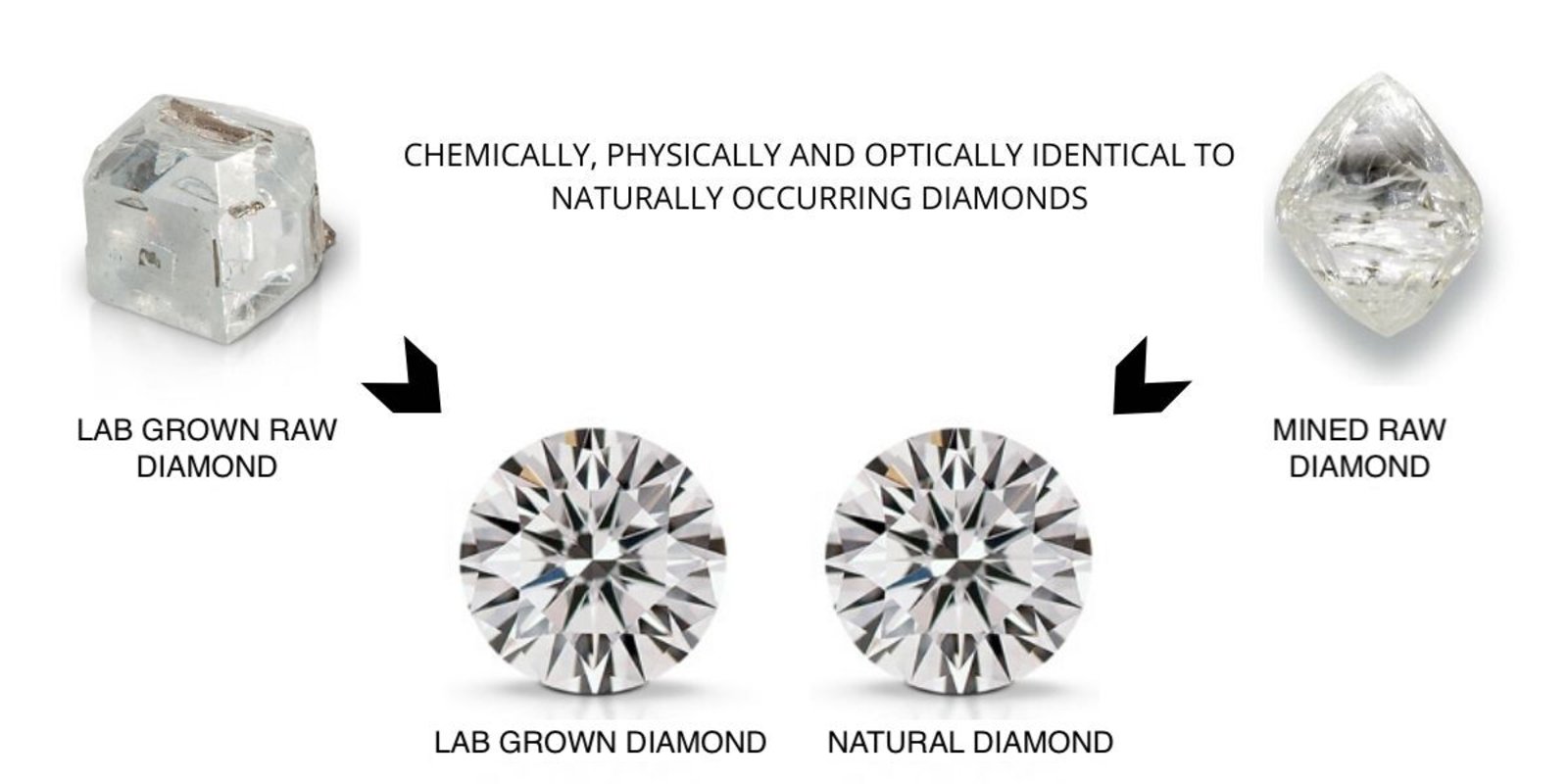
Grading and Certification
When purchasing something as precious as a diamond engagement ring, it is crucial to ask for a grading report. Brenda Harwick from GIA suggests that customers should insist on a diamond certification. Lab Grown Diamonds can receive the same certification as Earth-mined Diamonds, ensuring their quality and value.
The Differences Between Lab Diamonds and Natural Diamonds
One of the main differences between Earth-mined Diamonds and Lab Grown Diamonds is the presence of nitrogen. Natural Diamonds have tiny amounts of nitrogen, while most of the Lab Grown Diamonds have none. This difference is how gemologists can tell if a diamond is natural or lab-grown. Additionally, Natural Diamonds were created under the pressure of the earth's crust over millions of years ago, whereas Lab Grown Diamonds are created in a lab setting, with the process cutting down the growth time to a couple of months.
How are Lab Grown Diamonds Made?
The two most popular methods used to create Lab Grown Diamonds are Chemical Vapor Deposition (CVD) and High Pressure High Temperature (HPHT).
Chemical Vapor Deposition
In the CVD method, a "seed crystal" - a very small diamond seed - is placed in a small vacuum chamber, which is then filled with hydrocarbon gasses that are heated. As the gasses reach the right temperature, layers of carbon start to form on the seed crystal, causing it to grow and create a square-shaped diamond crystal.
High Pressure High Temperature Diamonds
The HPHT method is meant to replicate the earth's process of forming Natural Diamonds. In this process, graphite is placed in a large machine that crushes it with extreme pressure and temperatures, causing the graphite to turn into a diamond.
Benefits of Lab Grown Diamonds
Lab Grown Diamonds have become increasingly popular over the past several years. They are a viable choice when shopping for a diamond engagement ring. While some may still have skepticism regarding the idea of a ‘synthetic’ diamond that is professionally grown in a laboratory, it is important to familiarize yourself with Lab Grown Diamonds. They offer numerous benefits, including:
- Affordability: Lab Grown Diamonds are typically less expensive than Natural Diamonds. It can cost up to 50% less than a Natural Diamond of equal quality, which means you can get a larger diamond for the same price.
- Sustainability: Lab Grown Diamonds are more environmentally friendly than Natural Diamonds, as they do not require mining.
- Diversity: Lab Grown Diamonds can be produced in various colors and sizes, making them a versatile option.
Cons of Buying a Lab Grown Diamond
The resale value of Lab Grown Diamonds may not be as high as Natural Diamonds due to their abundance in the market. Additionally, the production of HPHT processed diamonds requires a significant amount of energy, which may not be sustainable in the long run.
Should I Get a Lab Grown Diamond Engagement Ring?
Choosing between a Lab Grown Diamond and a Natural Diamond is a personal preference. The decision depends on your budget, your significant other’s preference, and whether or not you prioritize resale value. However, an experienced jeweler can help you navigate the waters and make an informed decision. Lab Grown Diamonds are a viable alternative to Natural Diamonds. They are real diamonds with the same physical and chemical properties, come with diamond certifications, and offer numerous benefits such as affordability, sustainability, and diversity. It is important to consider all options when shopping for a diamond engagement ring, and Lab Grown Diamonds should definitely be on your list.





